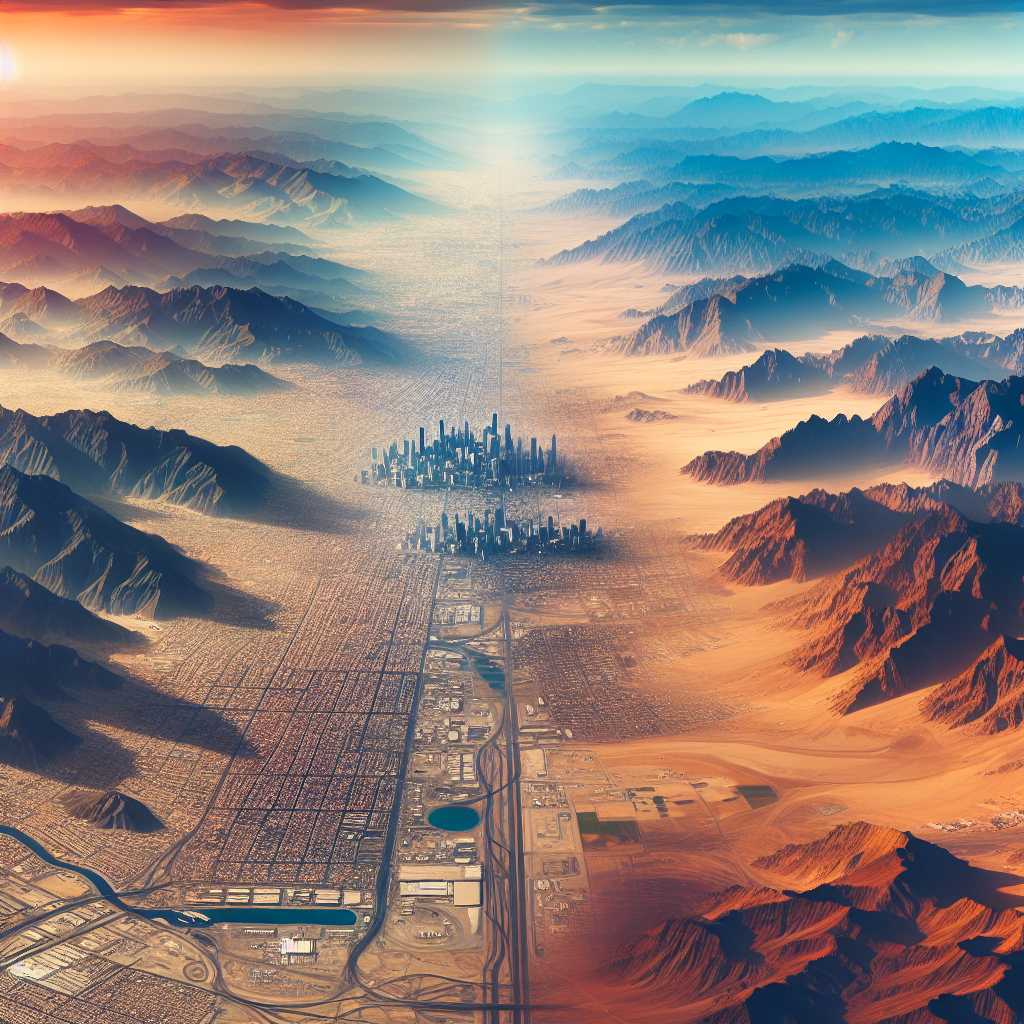The Complex Tapestry of Iran: History, Culture, and Modern Dynamics
Iran, a country with a storied past stretching back thousands of years, is a mosaic of historical significance, rich cultural heritage, and intense geopolitical importance. Located in a region that served as a cradle for some of the world’s earliest civilizations, contemporary Iran is understood through the multifaceted layers of its pre-Islamic and Islamic histories, its diversely vibrant culture, and the ongoing contentious interplay with international dynamics that shapes its current state and the global perception of it. This article seeks to dovetail into the nuances of Iranian history, culture, regions, politics, and its role in the international arena, divorcing biases for a neutral dissection of this nation’s particularities.
Historical Context and Pre-Islamic Civilization in Iran
The land known today as Iran has been a central figure in the theater of human civilization from the time of the great empires of antiquity. Once centered around the plateau that located the Achaemenid Empire during 550-330 BC, Iran thrived under Cyrus the Great who conquered vast territories creating arguably the first genuinely global empire. Its successor states—the Seleucid, Parthian, and Sassanian Empires—continued to cultivate a land enriched with cultural progression, scientific advancements, and architectural achievements. This was exemplified by locations such as Persepolis, which served as both a political and ceremonial capital embodying the might and grandeur of the Persian empires.
Islamic Conquest and Cultural Transformation
The Islamic conquest of Persia in the mid-7th century ushered in new religious beliefs and societal transformations. Despite being subjugated under Arab rule initially, Persian culture not only survived but flourished, influencing its conquerors in areas such as language (the spread of Persian), literature (the masterpieces of Firdausi and Hafez), and even governance. During successive dynasties—most notably the Safavids who ruled from 1501 to 1736—Iran converted largely to Shia Islam, setting it apart eschatologically and culturally from its Sunni-majority neighbors; this distinction affects regional dynamics to this day.
Contemporary History: From Monarchy to Islamic Republic
The Pahlavi dynasty marked Iran’s penetration into modernity with attempts at westernization that inevitably clashed with traditional values—a tug-of-war culminating in the Revolution of 1979. Spearheaded by Ayatollah Khomeini, the revolution established an Islamic Republic, drastically altering Iran’s trajectory domestically and internationally. Alienated by some but supported by others for standing against perceived Western hegemony, Iran’s recent history has become intensely polarized due to controversies surrounding human rights issues, nuclear ambitions, and its regional involvement within conflict zones such as Syria.
Iranian Culture: Guarding A Rich Heritage
Iran’s culture is among its foremost intriguing features—the result of syncretism between pre-Islamic traditions and post-Islamic influences. It relishes a high standing position concerning art which includes its UNESCO-recognized Persian Gardens and skillful carpet weaving expertise. Culinary delights such as Ghormeh Sabzi or Fesenjān reflect a confluence of exotic flavors paying homage to regional diversity. At the same time, unprecedented expressions through cinema under auteurs like Abbas Kiarostami showcase Iran’s robust artistic outlook.
Current Political Climate and International Relations
Today’s Iran balances on a tightrope between robust nationalism driven by substantial oil reserves economically combined with defensive militarism amidst embargos strictures by international bodies chiefly triggered by the uncertainties surrounding its nuclear program. Tensions between Tehran and the West often take centre stage; however, robust relationships with powers like Russia and China introduce further complexity into this geostrategic equation.
Diverse Regions and Population Dynamics
While Iran’s political nucleus resides in Tehran, multifarious landscapes from arid deserts to lush forests dot other parts across regions such as Kurdistan, Baluchestan among others cater to a diaspora of ethnic communities including Kurds, Baluchi amongst major Persians numerically contributing towards a demographic tapestry.

